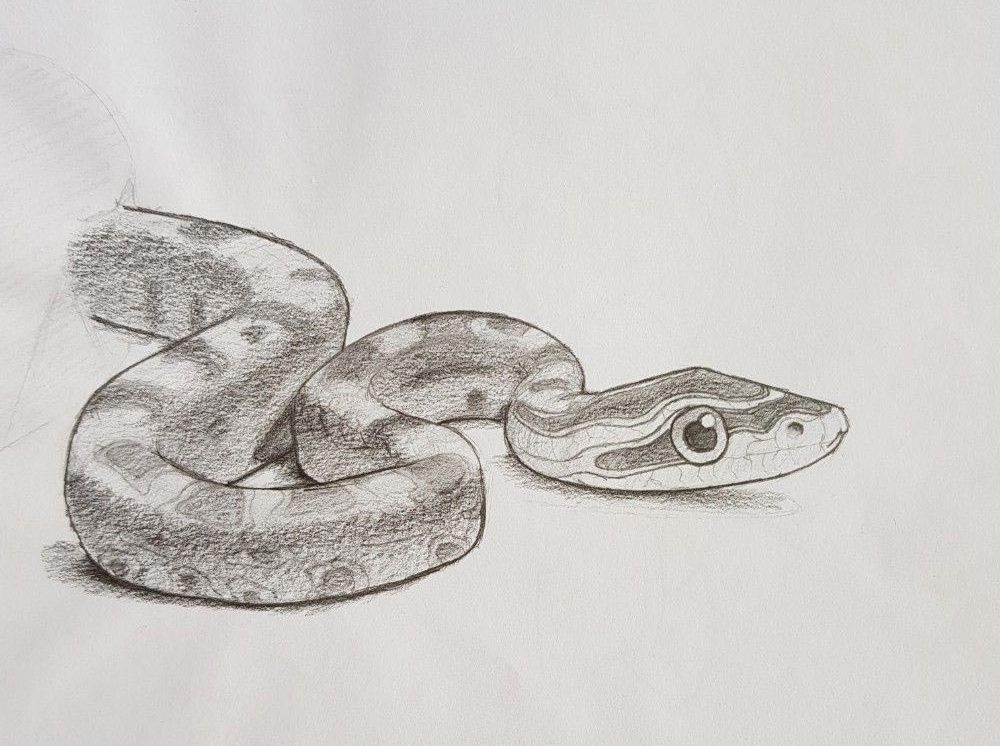
Introduction to Snakes
Snakes are fascinating creatures that belong to the reptile family. With their unique physical features and intriguing behaviors, snakes have captivated humans for centuries. This article will serve as a comprehensive snake reference, providing valuable information about different snake species, their habitats, behaviors, and the importance of snakes in the ecosystem.
The Diversity of Snake Species

Snakes exhibit incredible diversity in terms of their species. There are over 3,000 known species of snakes in the world, each with its own distinct characteristics. From the tiny thread snake, which measures only a few inches, to the massive reticulated python, which can grow up to 30 feet long, snakes come in all shapes and sizes.
Some of the most well-known snake species include the venomous king cobra, the colorful coral snake, and the fearsome black mamba. Each species has its own unique adaptations and abilities, making them fascinating subjects of study for researchers and enthusiasts alike.
Snake Habitats and Distribution

Snakes can be found in various habitats around the world. They are adaptable creatures that can thrive in diverse environments, including deserts, rainforests, grasslands, and even underwater. Some species, like the aquatic sea snakes, have evolved to live exclusively in water.
The distribution of snake species varies greatly depending on their preferred habitats. For example, rattlesnakes are primarily found in North and South America, while the green tree python is native to the rainforests of Australia and Papua New Guinea. Understanding the different habitats and distributions of snakes is crucial for their conservation and protection.
Snake Anatomy and Physical Features

Snakes possess several unique physical features that set them apart from other animals. Their long, slender bodies lack limbs, allowing them to move in a fascinating serpentine motion. Instead of eyelids, snakes have a transparent scale called a spectacle, which protects their eyes without hindering their vision.
One of the most distinctive features of snakes is their forked tongue, which they use to gather scent particles from the environment. This helps them locate prey and navigate their surroundings. Additionally, snakes have specialized scales that aid in locomotion and provide protection.
Snake Behaviors and Reproduction

Snakes exhibit a wide range of behaviors, from hunting and feeding to mating and defense mechanisms. Some snake species, like the venomous rattlesnakes, use their rattles as a warning signal when they feel threatened. Others, like the constrictors, squeeze their prey to death before swallowing it whole.
When it comes to reproduction, snakes employ different strategies. Some lay eggs, while others give birth to live young. In certain species, females can store sperm from mating for an extended period, allowing them to fertilize their eggs at a later time. Understanding these behaviors is fundamental to the study of snake biology.
The Role of Snakes in the Ecosystem

Snakes play a vital role in maintaining the balance of ecosystems. As predators, they help control populations of small mammals, birds, and reptiles, thus preventing overpopulation. In turn, snakes serve as a food source for larger predators like birds of prey.
Furthermore, snakes contribute to nutrient cycling by consuming carrion and recycling nutrients back into the environment. Their presence in ecosystems ensures the health and sustainability of various habitats.
Snake Conservation and Protection

Given the importance of snakes in ecosystems, their conservation is crucial. Unfortunately, snakes face numerous threats, including habitat loss, illegal wildlife trade, and persecution due to negative perceptions.
Efforts are being made worldwide to protect snake species and their habitats. Education and awareness programs aim to dispel misconceptions and promote the understanding of snakes' ecological significance. Additionally, legislation and protected areas help safeguard these remarkable creatures for future generations.
Conclusion
This snake reference article has provided valuable insights into the world of snakes. From their diverse species and habitats to their unique anatomy and behaviors, snakes continue to intrigue and amaze us. By understanding and appreciating these incredible creatures, we can contribute to their conservation and protect the delicate balance of our ecosystems.